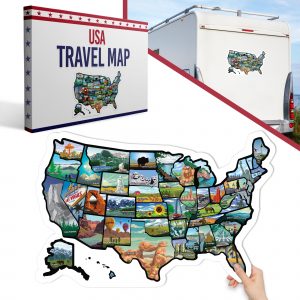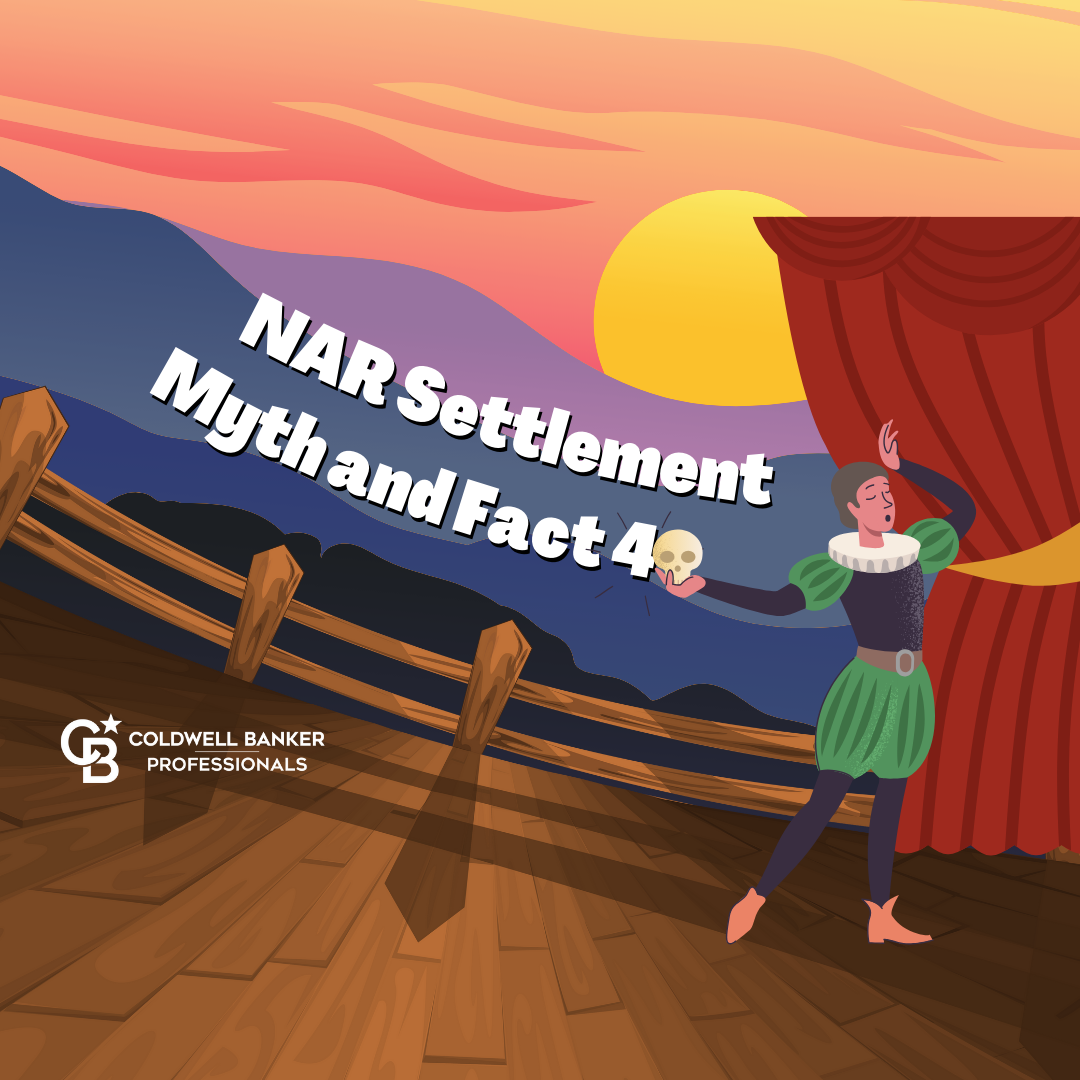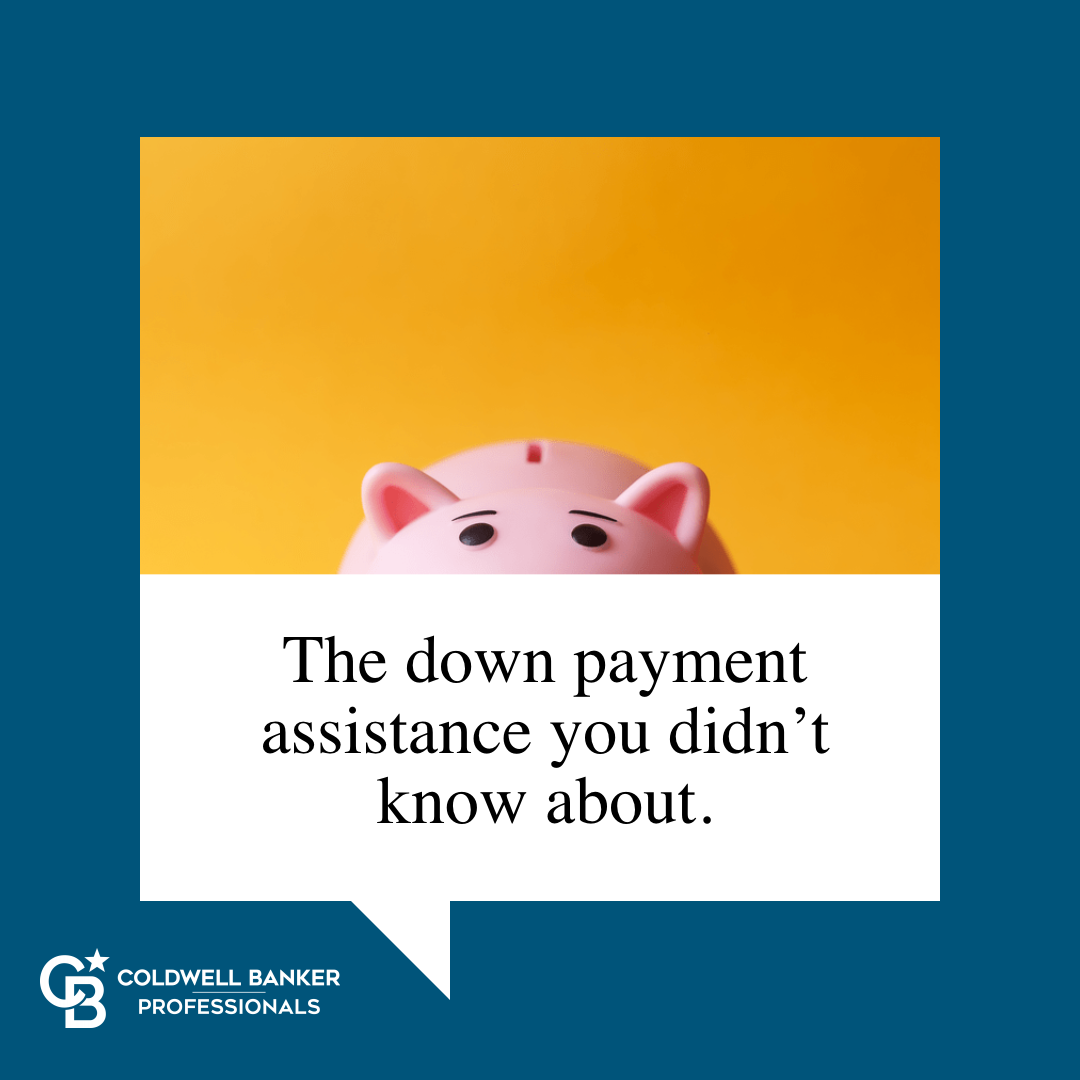RV Sticker Maps: Fun Rules and Traditions


One of the best parts of RV travel is the freedom to roam across the country, exploring new places and making memories along the way. And what better way to capture all those travels than with a sticker map? If you’ve ever hung out at an RV park or cruised down the highway, you’ve probably spotted these colorful maps proudly displayed on the side of an RV. They’re not just decorations—they’re a fun way to share your adventures and a visual reminder of all the places you’ve been.
In this post, we’ll dive into the fun world of RV sticker maps, go over some popular “rules” for when to add a new state, and show you how these maps can bring an extra layer of excitement to your RV travels.
What’s the Deal with RV Sticker Maps?
RVers love to tell the story of their journeys, and while many share photos and blog posts, the good ol’ sticker map remains a favorite. It’s affordable, simple, and a great conversation starter at any campground. If you’ve recently bought an RV, chances are you’ve already thought about getting one. (Psst—if you don’t know where to start, check out our blog post, “The Ultimate RV Bucket List Adventures.“)
So, what are the “rules” for these maps? Well, like many things in RV life, the answer depends on who you ask!
The Great RV Sticker Map Debate: When Do You Get to Add a Sticker?
This is where things get interesting. Every RVer seems to have their own set of rules about when they can add a new state to their map. Here are a few of the most common ones we’ve come across:
- You drove through the state in your car: Nope, sorry—if you weren’t in your RV, it doesn’t count!
- Stayed in the state without the RV: While this might explain how some folks manage to get a Hawaii sticker on their map, if the RV wasn’t there, neither was the sticker.
- Drove through the state in the RV, but didn’t stop: We lean toward saying this doesn’t count either. If you’re just cruising through and don’t actually experience the state, is it really worth a sticker?
- Drove through the state in the RV and got out for a bit: Maybe you stopped at a rest stop or filled up the gas tank. While that’s technically stepping foot in the state, we don’t think it qualifies for a sticker.
- Visited something unique in the state, but didn’t stay the night: Now we’re getting somewhere! If you saw something cool—even if it was just a quick stop—this could go either way.
- Spent at least one night camping in your RV: Ding, ding, ding! This is our preferred rule. If you set up camp and spent the night, the state definitely deserves a sticker.
- The state was your destination: If you stayed for a week or explored a national park, slap that sticker on with pride!
Personalizing Your RV Sticker Map
Of course, there’s more to RV sticker maps than just adding states. Here are a few fun ideas to make your map uniquely yours:
– One Sticker Per State: A classic way to keep track of your travels. It’s a fun challenge to get all 48 continental states (and maybe even Alaska and Hawaii one day!).
– Mark Milestones: Add special stickers to celebrate big moments, like your first cross-country trip or reaching 25 states.
– Collect Local Stickers: Some RVers like to pick up local stickers from each place they visit—maybe from a favorite brewery or a cool festival.
– Add Special Event Stickers: Did you attend a family reunion or a cool event on your trip? Add a sticker to commemorate the occasion.
– Trade Stickers with Fellow RVers: Meet a fellow traveler on the road? Swap stickers to make your map even more unique.
– Get Creative: Don’t feel limited to just state shapes—add fun designs that reflect your personal style or interests!
Who Gets to Add the Sticker?
Another fun debate: who in the family gets the honor of sticking the new state on the map? In our case, Shane (the driver) usually gets the job, but some families have their own traditions. How about yours?
Where Should You Put Your Map?
The location of your map is another personal choice. Some like to stick it on the back of the RV so others can see it on the road, while others prefer a more protected spot like inside a slide-out. We’ve even seen maps displayed on plexiglass or inside a window using suction cups. There’s no wrong way—just find what works best for you!
Does the Map Belong to You or the RV?
Here’s a question we’ve heard in RV circles: if you sell your RV, does the map stay with it or come with you? We’re still undecided, but what do you think? Should you start fresh with each new RV, or bring your sticker map along for the ride?
There’s No Sticker Map Mafia!
At the end of the day, there’s no right or wrong way to do your RV sticker map. Make your own rules and have fun with it! Each sticker represents a memory, a place, or an experience, and as your map fills up, it becomes a visual story of your adventures.
We’d love to hear from you! Do you have a sticker map on your RV? What rules do you follow when adding new states? Share your thoughts in the comments and feel free to post a picture of your map—we can’t wait to see it!
Safe travels and happy sticker collecting!
The Ultimate RV Bucket List Adventures


Have you ever seen *The Bucket List*? It’s a heartwarming 2007 film about two older men who, after being diagnosed with terminal lung cancer, decide to tackle a list of things they want to do before they “kick the bucket.” While the movie is a mix of laughter and tears, it reminds us all that life is short and it’s never too late to chase your dreams!
Now, we’re not saying you need a life-changing event to start checking things off your bucket list. Whether you’re retired, a weekend adventurer, or simply someone with a love for travel, an RV is the perfect way to bring those bucket list items to life. There’s just something special about seeing the country from the comfort of your home on wheels. So, let’s dive into some must-do RV bucket list experiences that will have you itching to hit the open road.
Camp at the Most Beautiful Places in America
Topping our list are America’s national parks, and for good reason. These breathtaking landscapes are the crown jewels of our country, and each one offers a unique, awe-inspiring experience. From towering mountains to serene forests, there’s a park for everyone. We love planning our RV trips around national parks, and the goal? Visit them all! With 63 national parks and 129 national monuments scattered across the U.S., there’s always a new adventure waiting.
Here are just a few bucket list-worthy national park experiences:
– Watch the sunrise at the Grand Canyon – No words can capture the beauty of those first rays of light spilling over the rim.
– Drive through the massive Redwoods in California – These giants will make you feel like you’ve entered another world.
– Watch Old Faithful erupt at Yellowstone – You won’t want to miss this natural wonder!
– Hike a glacier in Glacier National Park – It’s every bit as cool as it sounds (pun intended).
RVing is hands down the best way to explore these parks. Many of them offer campsites right inside the park, or you can find great RV parks just outside the gates, making it easy to wake up surrounded by nature.
Hit the Iconic Scenic Roads
While the destinations are incredible, let’s not forget that RVing is all about the journey too! The U.S. is home to some of the most iconic and scenic drives in the world, and no RV bucket list would be complete without cruising a few of them.
– Route 66: This one’s a classic—spanning 2,000 miles and packed with nostalgia. There’s even a song about it: “Get your kicks on Route 66!” This legendary highway takes you through quirky small towns, roadside diners, and stunning desert landscapes.
– Pacific Coast Highway (PCH): If you love dramatic ocean views, this coastal road from Southern California to Northern California is a must. With beaches, cliffs, and charming seaside towns along the way, you’ll want to stop often to soak it all in.
– Going-to-the-Sun Road in Glacier National Park: This is hands down one of our favorites! The views are jaw-dropping, with towering peaks and deep valleys. You’ll find yourself pulling over every few minutes to snap photos.
– Million Dollar Highway (US 550 in Colorado): The stretch between Ouray and Silverton offers stunning mountain views, especially in the fall. Just be aware that some of these roads are a bit tight for large RVs!
Travel to All 50 States (Almost!)
Okay, we know getting to Hawaii in an RV isn’t going to happen, but why not make it a goal to RV through the other 49 states? Whether you tackle them all in one epic road trip or break it up into smaller adventures, it’s totally doable!
Here are a few regional road trips to help you get started:
– Pacific Northwest: Explore the waterfalls and scenic drives of the Columbia River Gorge, and don’t miss out on the beauty of Multnomah Falls in Oregon.
– East Coast National Parks: Hit up Everglades National Park in Florida or take in the Smoky Mountains on the Tennessee-North Carolina border. These parks offer tons of adventure, from hiking to RV-friendly campgrounds.
– Southwest National Parks: The Southwest is home to some of the most breathtaking national parks, like Mesa Verde, Arches, and of course, the Grand Canyon. These are all bucket list musts!
– Northeast: From Maine’s rugged coastline to the waterfalls of New York’s Robert H. Treman State Park, this region is perfect for scenic RV trips through rich history and nature.
– Midwest: You might not think of the Midwest first when it comes to RVing, but trust us, there are hidden gems like Robidoux RV Park in Nebraska, nestled in the shadow of Scotts Bluff National Monument.
– Alaska: If you’re feeling really adventurous, Alaska is calling! RVing through the rugged wilderness of Denali National Park is an experience like no other.
Tips for Planning Your Epic RV Adventures
Planning an RV trip, especially one that involves multiple bucket list stops, takes a little bit of prep. Here are a few tips to make it all run smoothly:
– Plan Ahead: RV spots at national parks fill up fast, so book your campground in advance. And don’t forget to pack the essentials!
– Use the 3-3-3 Rule: No more than 300 miles a day, stop every 3 hours, and arrive by 3 PM to keep the journey enjoyable.
– Get a National Park Pass: If you’re planning to hit up multiple parks, it’s worth investing in a pass to save on entry fees.
What Are You Waiting For?
If you’ve been dreaming about that ultimate road trip, there’s no better time than now. Whether you’re a weekend warrior or planning an extended adventure, the open road is calling. Start checking off your bucket list one state at a time and make unforgettable memories along the way.
Happy travels, and be sure to share your bucket list experiences with us in the comments! We’d love to hear about the places you’ve been and the ones you’re planning to see next.

 Facebook
Facebook
 X
X
 Pinterest
Pinterest
 Copy Link
Copy Link





 Should you buy a home now or should you wait? That’s a question a lot of people have these days. And while what’s right for you is going to depend on a lot of different factors, here’s something you’ll
Should you buy a home now or should you wait? That’s a question a lot of people have these days. And while what’s right for you is going to depend on a lot of different factors, here’s something you’ll 










